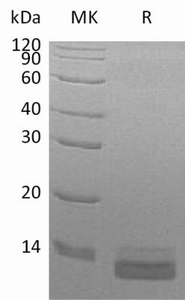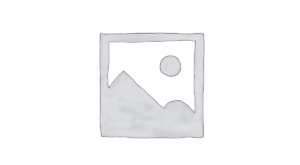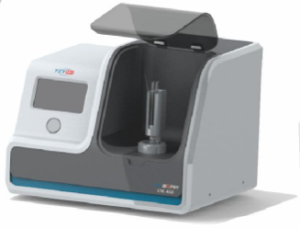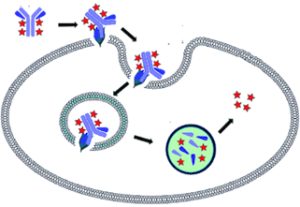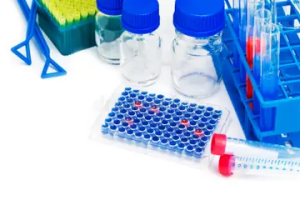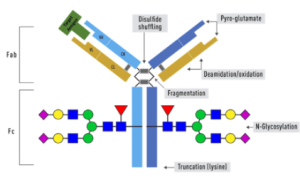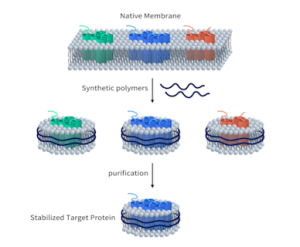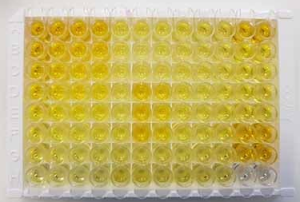About NewEast
关于 NewEast Biosciences
武汉费斯德生物科技有限公司是美国NewEast Biosciences在中国的办事处。NewEast Biosciences 在十二年前率先研发俩种独特的抗体。这俩种抗体仅仅识别活性的GTP酶或者突变的Oncogene。 GTP酶涉及(1)响应细胞表面受体激活的信号转导,包括跨膜受体,例如介导味觉、嗅觉和视觉的那些,(2)核糖体的蛋白质生物合成,(3)调节细胞分化、增殖、分裂和运动,(4)蛋白质通过膜的易位,(5)细胞内囊泡的运输,以及囊泡介导的分泌和摄取,通过GTP酶控制囊泡外壳组装。Oncogene侧是诱发癌症的基因。
我公司将向你提供以下的独一无二的三种抗体或者试剂盒: (1) 仅识别 GTP酶的活性构型的产品, 它可以让你能够量化GTP酶在细胞中的活性和分布。(2) 识别突变 Oncogene蛋白, 但不认识相应野生型的抗体。 (3) 对 cAMP 和 cGMP 具有超亲和力(无需乙酰化)ELISA检测试剂盒。这些产品被将近一千篇同行评议的文章所引用。

前 50 名期刊的引用
(Google 学术搜索)
- Rank Journal Name
- 1. Nature
- 7. Nature Communications
- 8. Cell
- 13. Proceedings of the National Academy of Sciences
- 18. Nucleic Acids Research
- 20. Nature Medicine
- 25. ACS Nano
- 29. Scientific Reports
- 33. PLoS ONE
- 34. Science Advances
- 37. Nature Genetics
- 41. International Journal of Molecular Sciences
- 49. Frontiers in Immunology



